When I first told my dad about a TV series that depicted the stories of the epic Robi Thakur, his reaction was nothing short of
‘Stories by Rabindranath Tagore’ is a television series based on the novels and short stories of the Nobel Laureate, Rabindranath Tagore. It was directed by Anurag Basu and originally aired on Epic TV in 2015, it can now be found on Netflix. Basu had adapted the show from Tagore’s stories to suit the understanding of contemporary times.
Tagore’s stories and the show was set in late 19th and early 20th century pre-partitioned Bengal, in a politically volatile period in Kolkata, where the characters pour in from their diverse cultural, rural, and social backgrounds to encourage the new upcoming world. His literary work focused on the intricate and complex nature of human relationships. Unconventionally, Tagore portrayed his women as chance-takers who defiantly resisted social and familial norms in a conservative Indian society. Tagore’s women were progressive and provided a fresh perspective to the minds already filled with traditional Indian values.
Basu wanted to create this show in the early 2000s but it could not be materialised. Although the stories were written over 150 years ago Basu felt that today’s audience would connect with them as Tagore was ahead of his time. The show juxtaposes Tagore’s words and songs with Basu’s visualisation, transporting audiences to a complicated yet beautiful world where women took bold steps under trying situations in the nostalgic old Bengal, under colonial rule.
Unconventionally, Tagore portrayed his women as chance-takers who defiantly resisted social and familial norms in a conservative Indian society.
‘Stories by Rabindranath Tagore’ features 20 stories by Tagore over 26 episodes including: Chokher Bali, 1903 (A Grain of Sand); Atithi, 1895 (The Guest); Maanbhanjan, 1895 (Fury Appeased); Detective, 1898; Kabuliwala, 1892; Shasti, 1893 (Punishment); Nastanirh, 1901 (The Broken Nest); Khokababur Pratyabartan, 1891 (The Return of Khokababu); Samapti, 1893 (The Conclusion); Chhuti, 1892 (The Homecoming); Tyaag, 1892 (The Renunciation); Sampatti Samarpan, 1891 (The Trust Property); Dui Bon, 1933 (Two Sisters); Strir Patra, 1914 (Wife’s letter); Aparichita, 1916 (The Unknown Woman); Kankal, 1892 (The Skeleton); Musalmaner Golpo, 1941 (The Story of a Muslim Woman); Shesh Rokkha, 1926-1929 (Saved at Last); Monihara, 1989 (The Lost Jewels); Daliya, 1892 (Dalia).
Here’s a look at Basu’s interpretation of Tagore’s female characters who subverted the expected role of women in 19th and 20th century Bengal.
1. Binodini, Chokher Bali

Binodini played by Radhika Apte, rejects the strict rules widowed women in Bengal needed to adhere to. Binodini’s character, despite its shades of grey, is refreshing as she does not accept her fate, and attempts to seek what she feels she deserves. Binodini is reluctant to fit into the role of a lonely widow and is unwilling to forego her sexual and emotional desires. She is smart and educated and strives to be more than just an inauspicious widow.
Towards the end of the story, Binodini retreats to living in women’s shelters and bringing about as much change as she can to improve the condition of women. Binodini highlights the importance of education when she says, “… if I had been uneducated, like other
2. Charulata, Nastanirh

Charulata played by Amrita Puri, is a lonely housewife who falls in love with his brother-in-law. She initially finds it difficult to stay idle at home and expresses interest in learning music. Charulata does not have an affair but is innocently drawn to the attention she receives from her teacher, brother-in-law, and friend.
Through Charulata and the turmoil in her mind, Tagore explores the concept of women taking the reins of their desires and ambitions and making a choice out of her own volition.
Her husband’s busy schedule is the cause of her loneliness and in her brother-in-law, she finds creativity and the desire to dream. Through Charulata and the turmoil in her mind, Tagore explores the concept of women taking the reins of their desires and ambitions out of
3. Giribala, Maanbhanjan
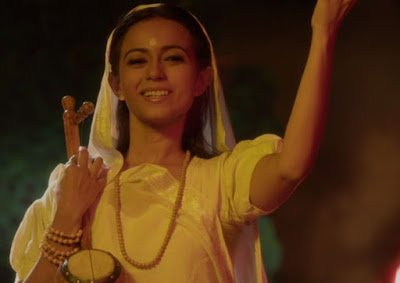
Giribala played by Ronjini Chakraborty, is another lonely housewife whose husband beats her up, takes her jewellery and elopes with his lover, the theatre actress Latika (Labongo in Tagore’s story). While spying on her husband she becomes enamoured with the theatre and in the
After her husband’s betrayal, she does not simply sit at home and cry about her fate and instead re-invents herself as Mandira Devi, an actress of a successful play. Latika returns with
4. Mrinmayi, Samapti
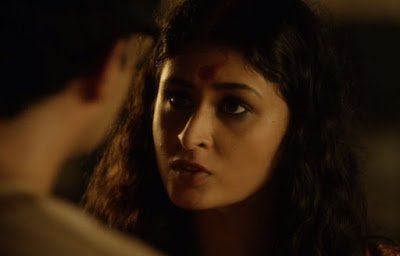
Mrinmayi played by Chitrangada Chakraborty, is a gamine and flamboyant young woman who struggles with the lack of choice women had in her society. She is married off to an educated
Also read: Rituparno Ghosh: Making Us Comfortable With The Uncomfortable
She questions her husband on the lack of choice she had in the marriage, which alludes to the issue of women expected to be voiceless agents of society. She says “All the rules are wrong.. Did anyone try to find
5. Mrinal, (Strir Patra)

Mrinal played by Amrita Bagchi, is about a progressive woman who leaves the house of her regressive husband and in-laws. The story is told in epistolary form where Mrinal writes a letter to her husband expressing the many ways in which she felt suffocatingly subordinated. Unlike Mrinal’s elder sister-in-law who unquestionably accepts the patriarchal system, and the poor orphaned Bindu who commits suicide, Mrinal’s education does not allow her to do the same.
After a chain of tragic events, Mrinal realises that women have no freedom in an oppressive society where women are considered inferior. Mrinal says, “I am not just the youngest daughter in law of your house. I am me… It took me 15 years to understand the position of women in your house and your society… I want to
6. Kalyani, Aparichita
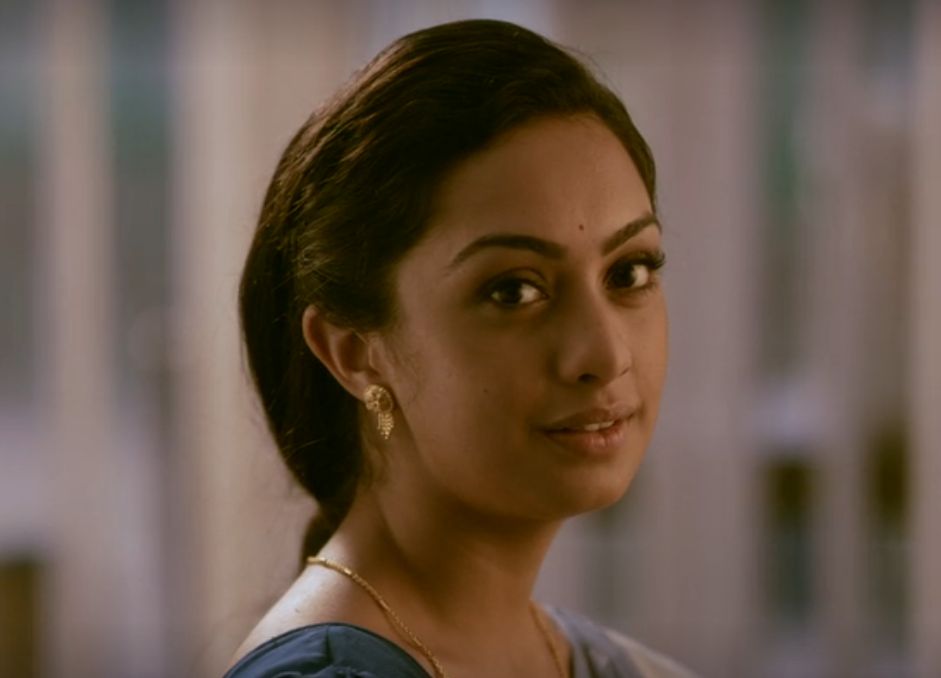
Kalyani played by Abigail Pande, whose father breaks off her marriage on the wedding day due to the groom’s (Anupam) uncle’s greed. She is a fearless and an independent woman who,
Anupam witnesses this years after the wedding cancellation and is ridden with guilt upon realising he did not speak up against his uncle’s poor behaviour. He asks for Kalyani’s hand in marriage once again, however she rejects the proposal and explains, “After the wedding was broken I found the real goal in my life. I found a new direction. I am responsible for hundreds of orphan girls. The smiles on their faces
7. Mrignoyonee, Kankal
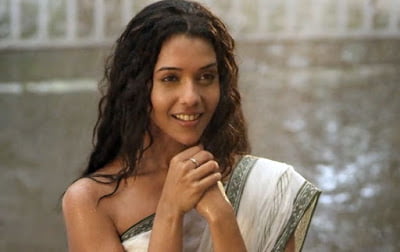
Mrignoyonee, played by Anupriya Goenka, traces the story of a ghost who narrates the story that led to her death to a stranger. She returns to live with her brother after the death of her abusive husband. There she falls in love with Doctor
Mrignoyonee’s narration is narcissistic and satirical, though underlying the very serious reality that many widows faced at the time. Tagore criticised the restrictions imposed on
Also read: Book Review: Chokher Bali – A Grain Of Sand By Rabindranath Tagore
All of these women have one thing in common which is their rejection of the subordinate status of women in Bengali society. Basu adapts Tagore’s stories to depict an older time which is still relevant today. Tagore’s portrayal of women is very intricate and detailed, he did not simply portray them as a damsel in distress, the angel of the house or as an evil temptress. His women were layered and presented a more nuanced personality.
Featured Image: Epic TV
About the author(s)
Nikhat is a Civil Servant and Communications Manager for BBPC Poetry Collective. Her academic research interests include wartime gender-based violence and intersectional feminist historiography.
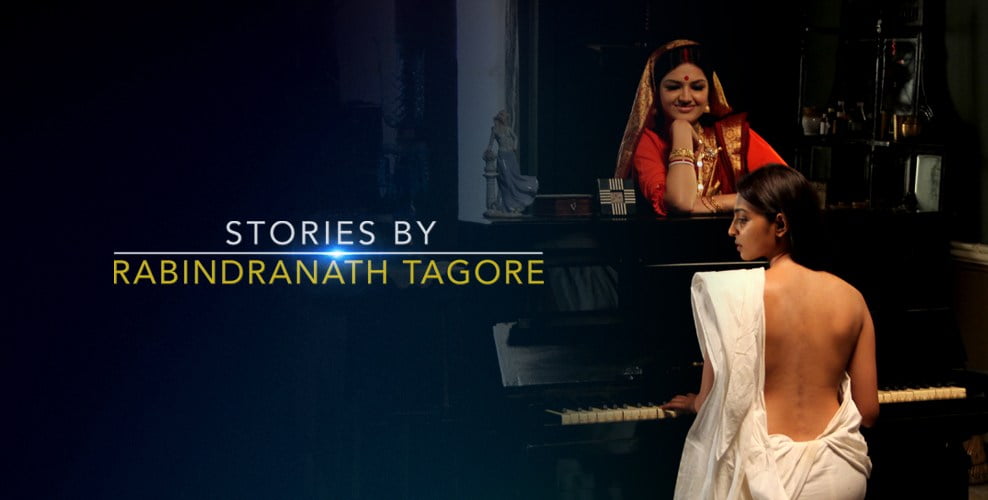





nice and great content